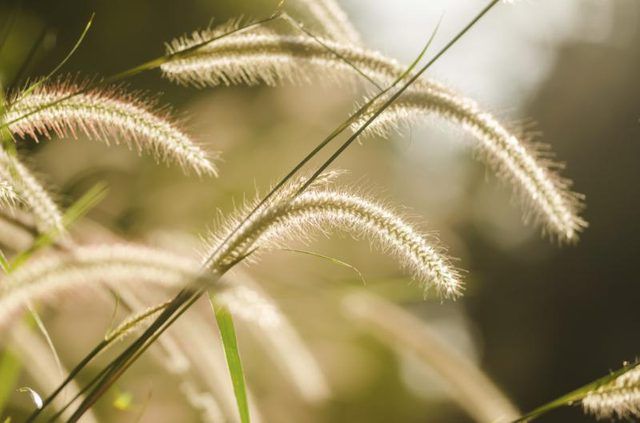Bulbs
Flower Basics
Flower Beds & Specialty Gardens
Flower Garden
Garden Furniture
Garden Gnomes
Garden Seeds
Garden Sheds
Garden Statues
Garden Tools & Supplies
Gardening Basics
Green & Organic
Groundcovers & Vines
Growing Annuals
Growing Basil
Growing Beans
Growing Berries
Growing Blueberries
Growing Cactus
Growing Corn
Growing Cotton
Growing Edibles
Growing Flowers
Growing Garlic
Growing Grapes
Growing Grass
Growing Herbs
Growing Jasmine
Growing Mint
Growing Mushrooms
Orchids
Growing Peanuts
Growing Perennials
Growing Plants
Growing Rosemary
Growing Roses
Growing Strawberries
Growing Sunflowers
Growing Thyme
Growing Tomatoes
Growing Tulips
Growing Vegetables
Herb Basics
Herb Garden
Indoor Growing
Landscaping Basics
Landscaping Patios
Landscaping Plants
Landscaping Shrubs
Landscaping Trees
Landscaping Walks & Pathways
Lawn Basics
Lawn Maintenance
Lawn Mowers
Lawn Ornaments
Lawn Planting
Lawn Tools
Outdoor Growing
Overall Landscape Planning
Pests, Weeds & Problems
Plant Basics
Rock Garden
Rose Garden
Shrubs
Soil
Specialty Gardens
Trees
Vegetable Garden
Yard Maintenance
How to Identify Foxtail Grass
How to Identify Foxtail Grass. Foxtails are annual summer grasses. Three species are common in the United States: yellow foxtail (Setaria pumila or Setaria glauca), green foxtail (Setaria viridis) and giant foxtail (Setaria faberi). These grasses have many structural similarities and share a characteristic brush-like seed head that resembles the...

Foxtails are annual summer grasses. Three species are common in the United States: yellow foxtail (Setaria pumila or Setaria glauca), green foxtail (Setaria viridis) and giant foxtail (Setaria faberi). These grasses have many structural similarities and share a characteristic brush-like seed head that resembles the tail of a fox. Foxtails often are serious weed problems in lawns, gardens, cropland and orchards. They multiply rapidly because they produce a lot of seeds. To identify and differentiate foxtail grasses from other grasses, note where they grow and examine their stems, blades and seed heads.
Habitat and Distribution
Foxtail grasses usually grow in clumps, and green and yellow foxtails grow 1 to 3 feet tall, while giant foxtail ranges between 3 and 7 feet in height. The habitat for foxtails is in disturbed areas, such as croplands, gravelly areas along roads, and cracks in sidewalks and parking lots that expose bare soil. Foxtails prefer fertile soil, but will sometimes grow in poor soil. The grasses are less likely to grow in natural undisturbed areas. You can find yellow and green foxtails all across the United States, while giant foxtail predominates in the southeast.
Collar Region
Examination of the collar region helps you identify and distinguish different types of grasses. The stems of grasses are enclosed by a sheath and the collar region is the juncture where the sheath meets the grass blade. The juncture contains a thin membranous projection, called a ligule, that characterizes and can differentiate grasses. Pull the grass blade slightly back to get a good look at the ligule. The ligule of foxtail grasses contains a distinguishing fringe of short dense hairs.
Grass Blades
Foxtail blades are flat and range from a width of 1/4 to 1/2 inch in green and yellow foxtails. The blades of giant foxtail are 1/2 inch wide or wider. Both yellow and giant foxtails have hairs on the upper surfaces of their blades, while green foxtail has a smooth blade surface.
Seedheads
The seeds in foxtails develop from small flower heads that are attached to bristles. Yellow foxtails have seedheads up to 3 inches long and have short, coarse bristles. Green foxtails have soft, nodding seedheads up to 6 inches long, while giant foxtails have 3- to 7-inch seedheads that tend to droop. Bristles on green and giant foxtails are longer than on yellow foxtails. The flowers of foxtails are pollinated by wind, and when the seeds develop, they drop to the ground and are spread to other areas by wildlife after the animals ingest the seeds.